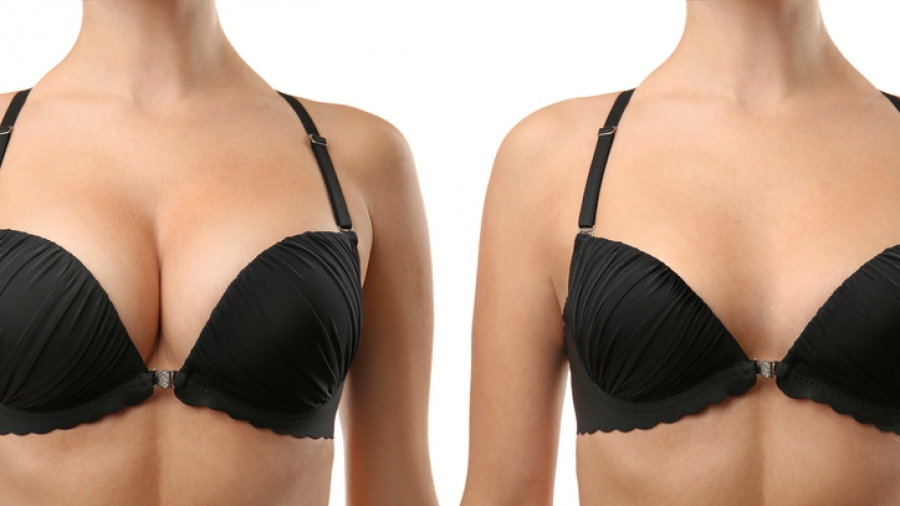Cozmoderm Clinic | Best Dermatology Clinic For Skin and Hair Care In Nagpur
Breast Reduction
Home / Breast Reduction
Breast reduction surgery involves removing skin and tissue from the breast, then reshaping and elevating the breast to create a smaller, more proportionate bust size.
Many women struggle with the decision to have a breast reduction, but they later consider it to be one of the best decisions they have ever made for themselves.
Benefits:
-There’s increased self-esteem and confidence .
-Women are more self-assured and at ease in their own skin.
-Women can shop at almost any store and find clothes that fit them.
-The back feels better as smaller breasts significantly reduce back pain.
-Bra strap pain is significantly reduced by removing weight from their breasts.
–Skin feels better, and irritation under the breasts is significantly reduced.
-Women with smaller, more proportionate breasts find it easier to breathe.
-Finally, they can exercise the way they want.
- Yes Most people can return to work within two weeks .
- Results are immediate, visible immediately .
- The results are permanent.
candidate :
-A physically fit female with reasonable expectations
-A person who does not smoke
– Females bothered by the sensation that your breasts are too large or Breasts that limit your physical activity
– A female having back, neck, and shoulder pain caused by the weight of your breasts, or shoulder indentations from bra straps.
-Irritation of the skin beneath the breast crease.
Procedure:
Step 1: The surgery is performed under general anaesthesia.
Step 2 – The incision
-A circular pattern around the areola
-A keyhole or racquet-shaped design.
-An inverted T or anchor-shaped incision design.
The incision lines leave permanent scars, but are usually well covered.
Step 3 – Tissue removal and repositioning
After the incision is made. Underneath breast tissue is decreased, raised, and sculpted. If necessary, the areola is decreased by excising skin around the perimeter..
Step 4: Close the incisions
Sutures are layered deep within the breast tissue to construct and support the newly shaped breasts.dressings or bandages will be applied to the incisions.
– An elastic bandage or support bra may be worn to minimize swelling and support the breasts as they heal.
– A small, thin tube may be temporarily placed under the skin to drain any excess blood or fluid that may collect.
Postoperative recovery:
– A Hospital stay of 24 to 48 hours after surgery is usually required .
– Medications to apply locally and oral medication to aid healing and reduce the risk of infection will be given .
– Plenty of oral fluid and high protein diet to facilitate healing
-A supportive Bra is mandatory to be worn 24/7 for a period of 6 weeks or more.
-Normal activities resumes in one week and return to work after two week.
– Heavy lifting is best avoided during this time .
Procedure safety :
✅Surgeon performs chin liposuction under general anesthesia or
via sedation with intravenous (IV) medications.
✅ It should always be performed by Board certified Plastic Surgeon.
Expected Results:
-The final contour take about few weeks to manifest, as swelling reduces and the skin re-drapes well.
-Result is a round , firmer breast with better contour , which remains permanent with constant weight.

Breast Reduction
What is a breast reduction?
What happens during a breast reduction consultation?
How do I prepare for a breast reduction?
Establishing a home recovery area
- Pain-relieving medication like acetaminophen (Tylenol).
- Gauze and clean washcloths and towels.
- Loose, comfortable tee shirts and blouses.
- Surgical bras.
- Antibiotic ointments (only if recommended by your doctor).
- Telephone within reaching distance of your primary rest area.
- Magazines, movies, etc.
Recovery and follow-up care
How is a breast reduction done?
What are the complications and side effects of breast reduction surgery?
Contact your doctor immediately if you experience
- Fever.
- Unusual discharge from the incision site, including pus. (This could be a sign of an infection).
- Release or detachment of any sutures before they’re supposed to be removed.
- Enlargement on one or both breasts associated with pain and pressure.
